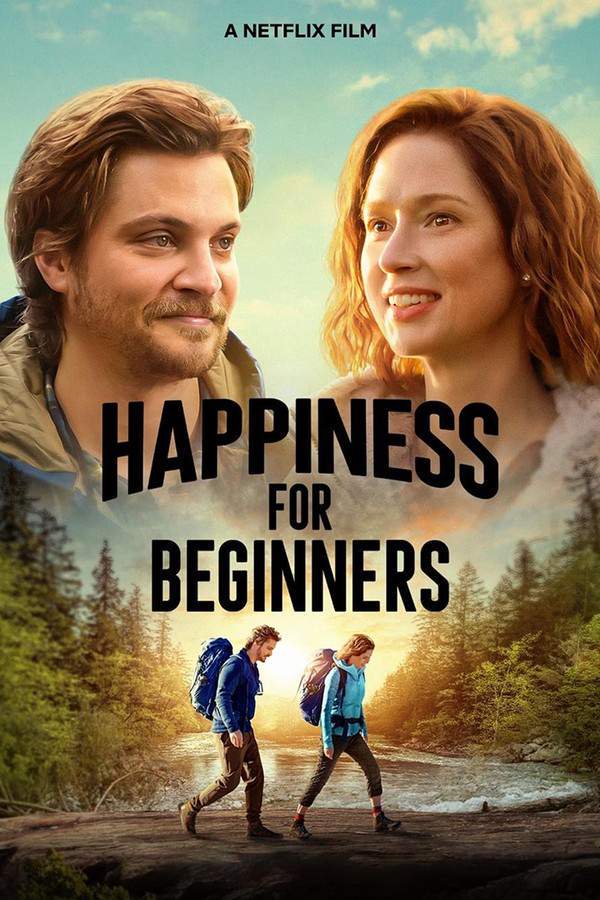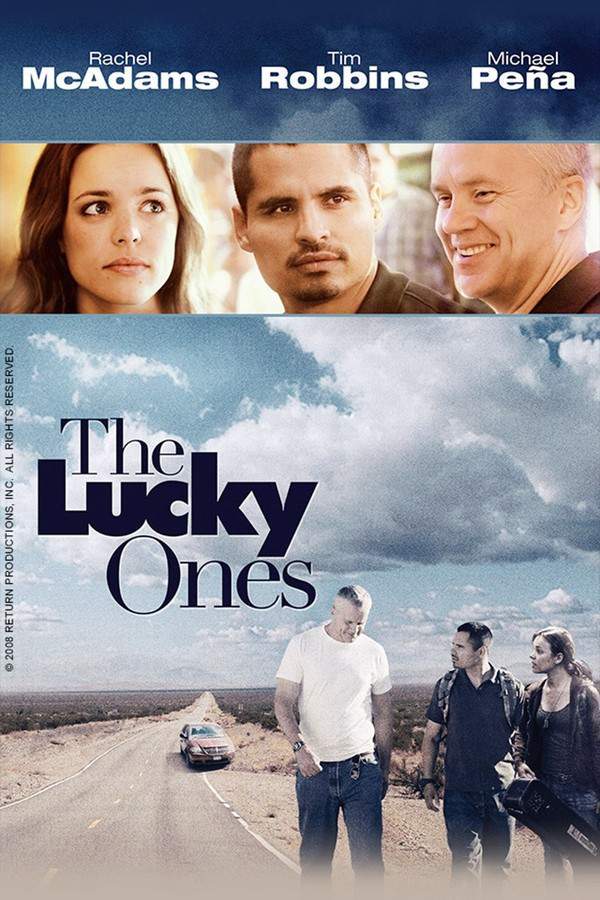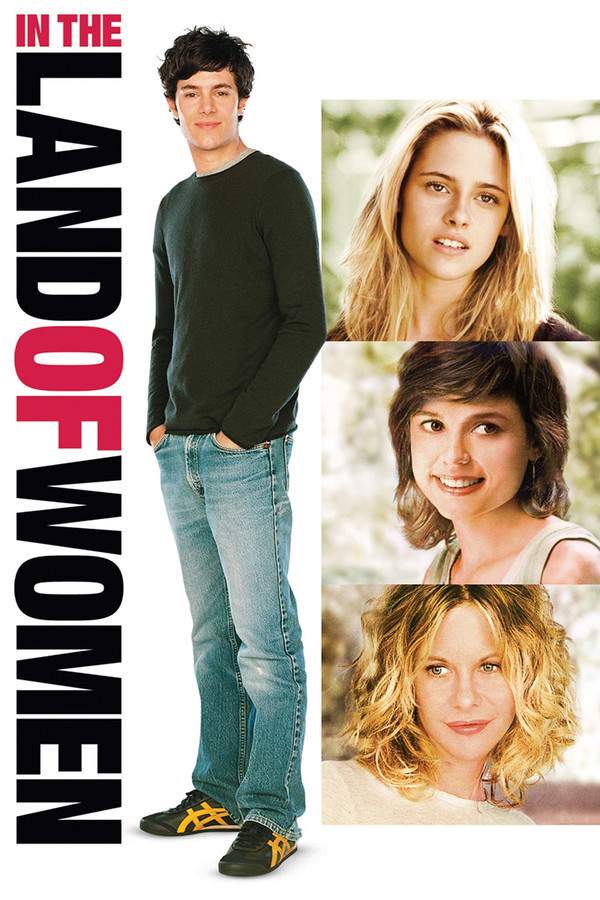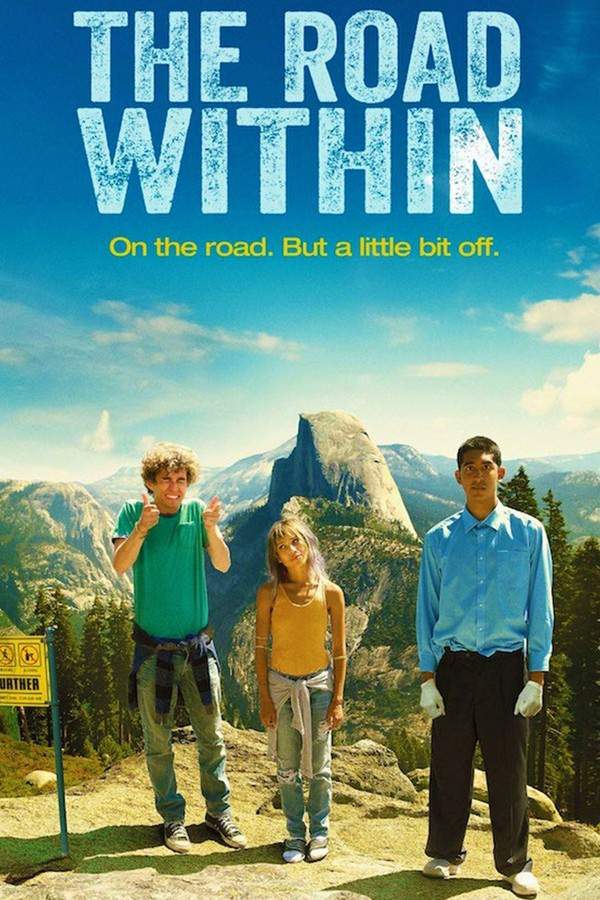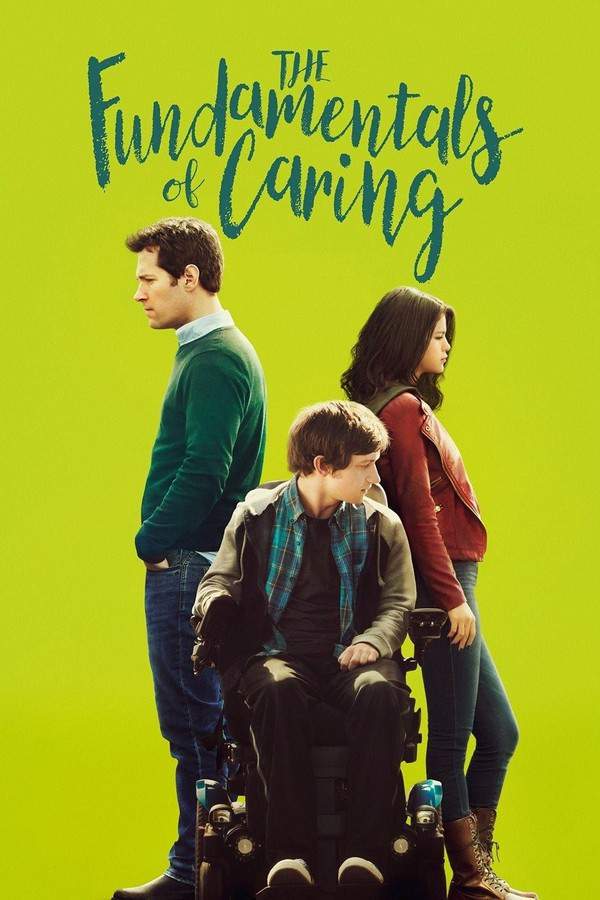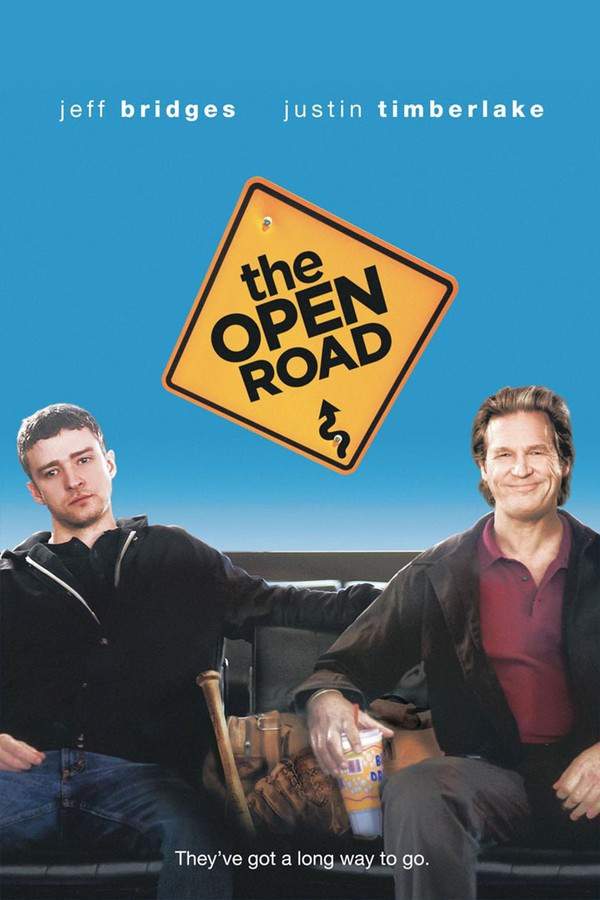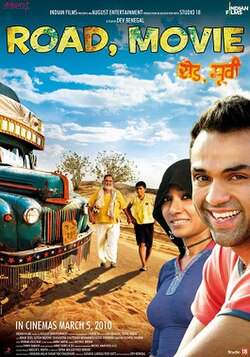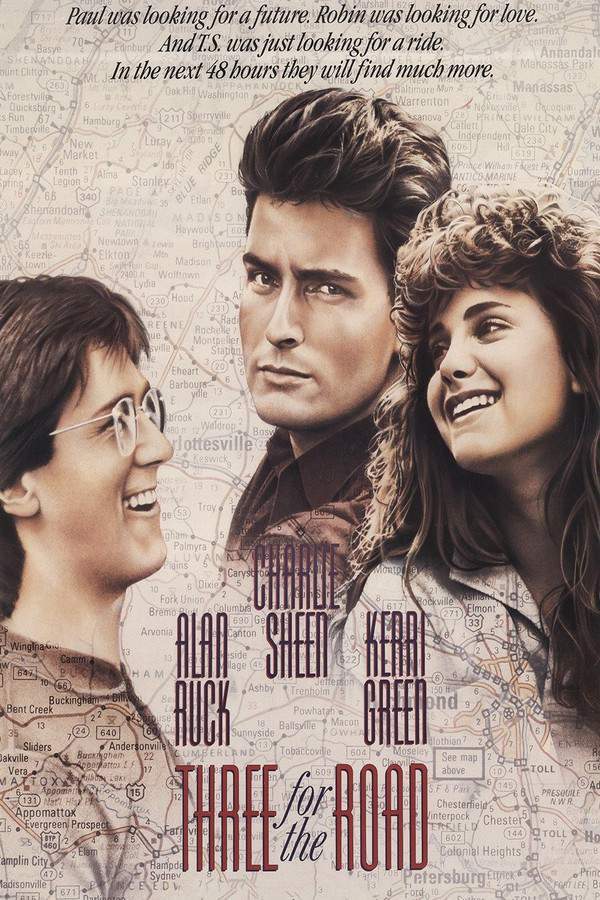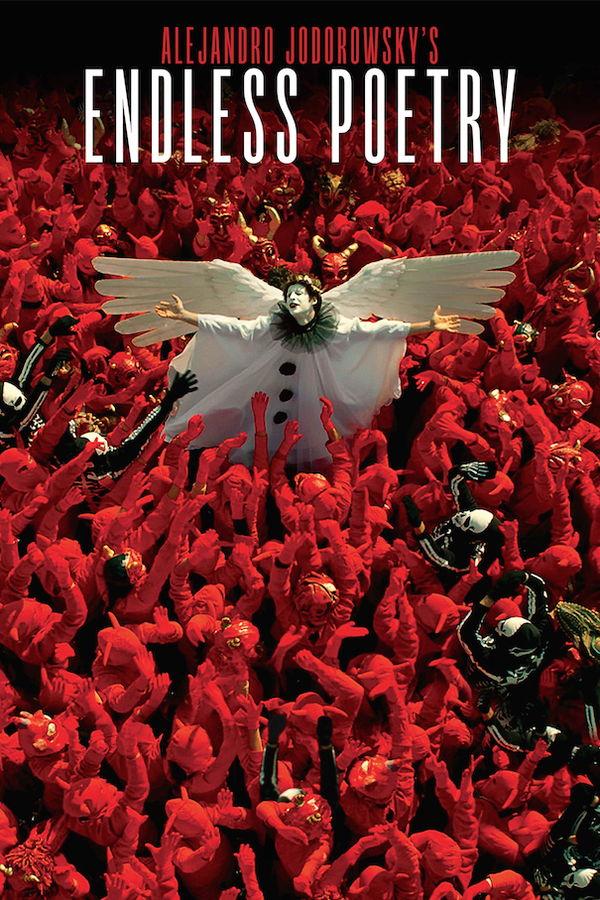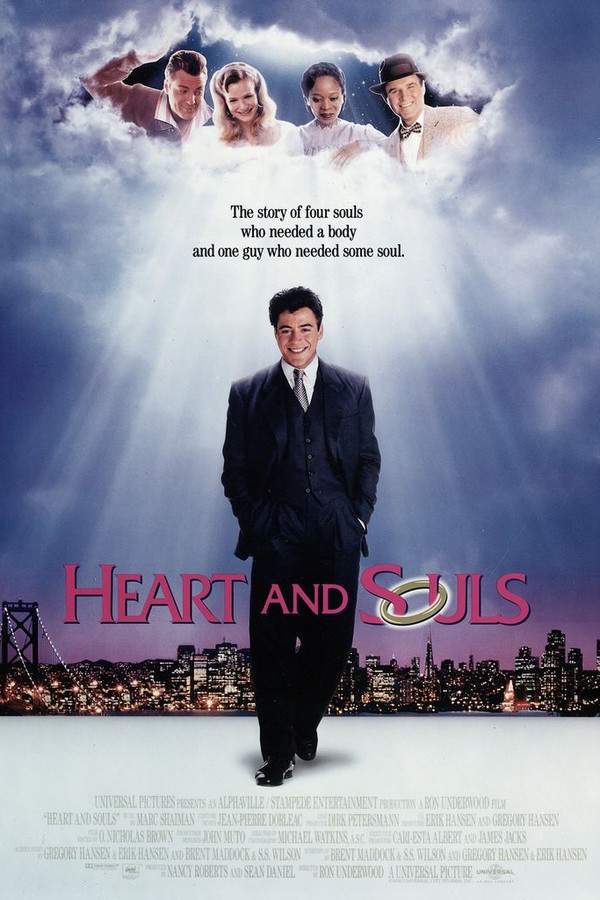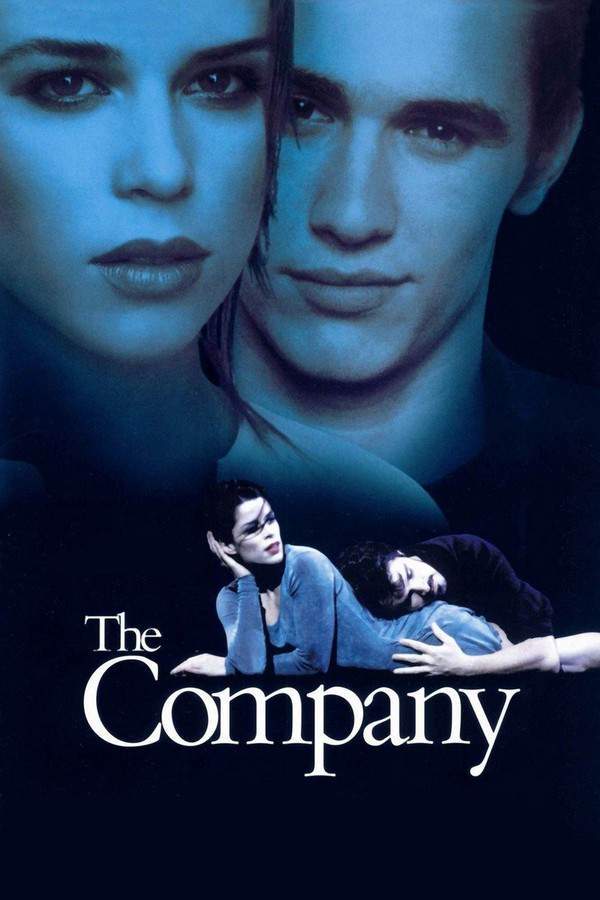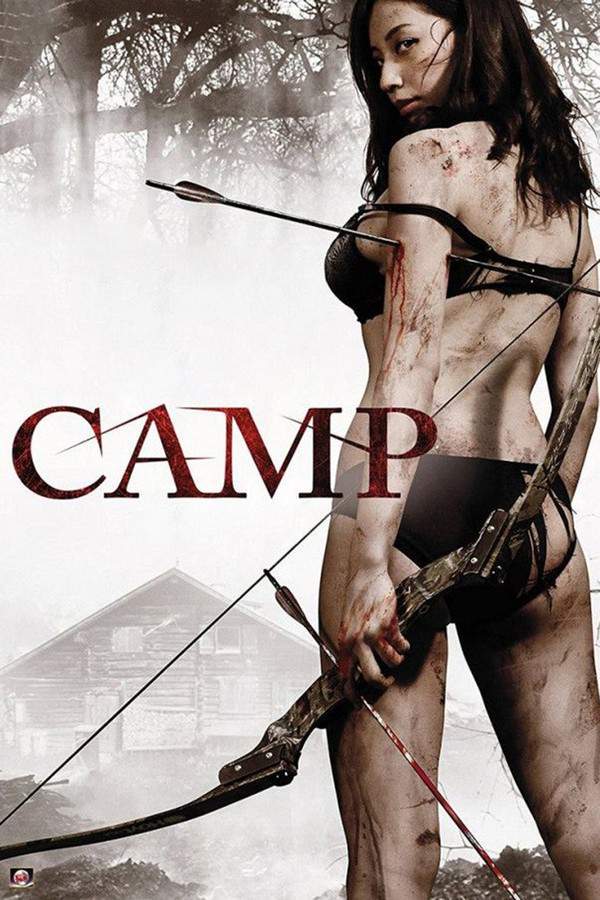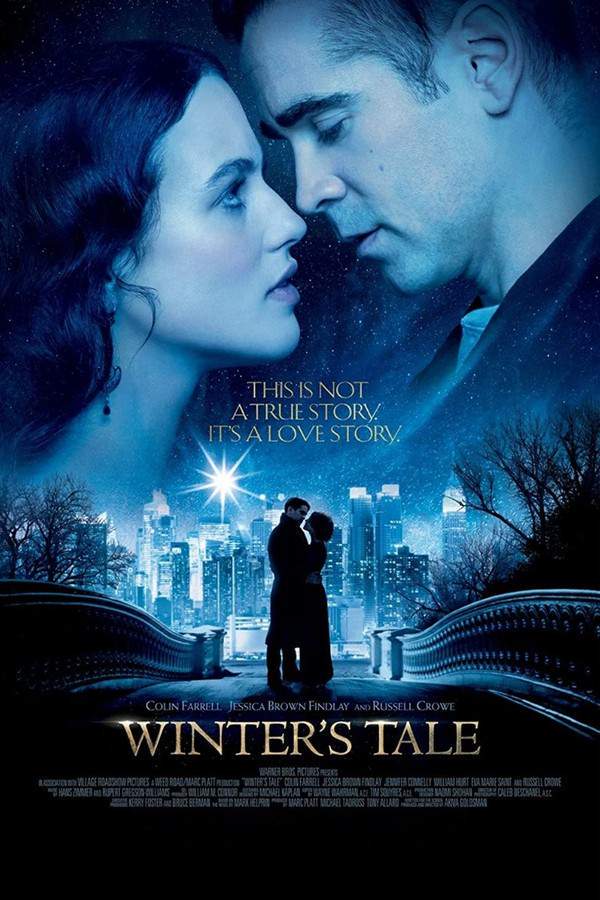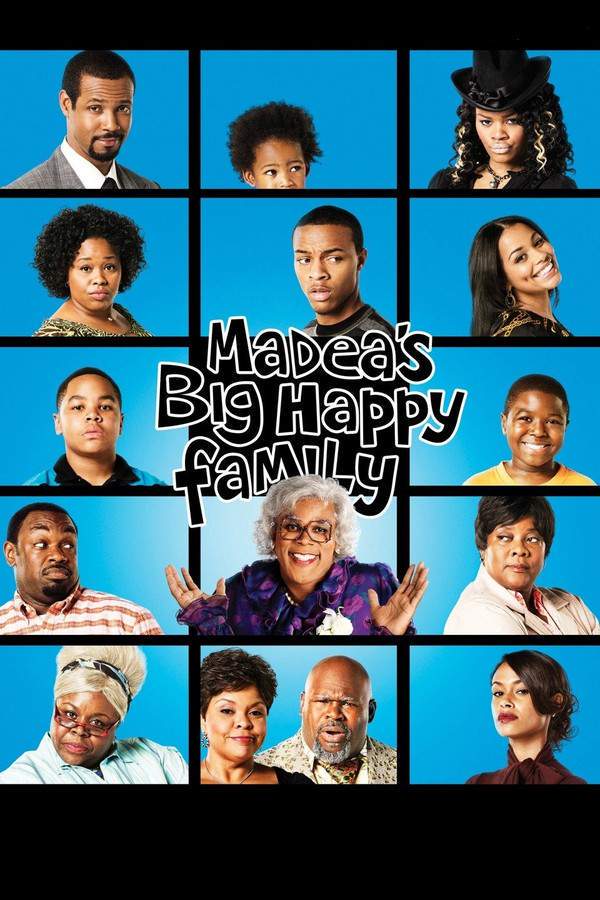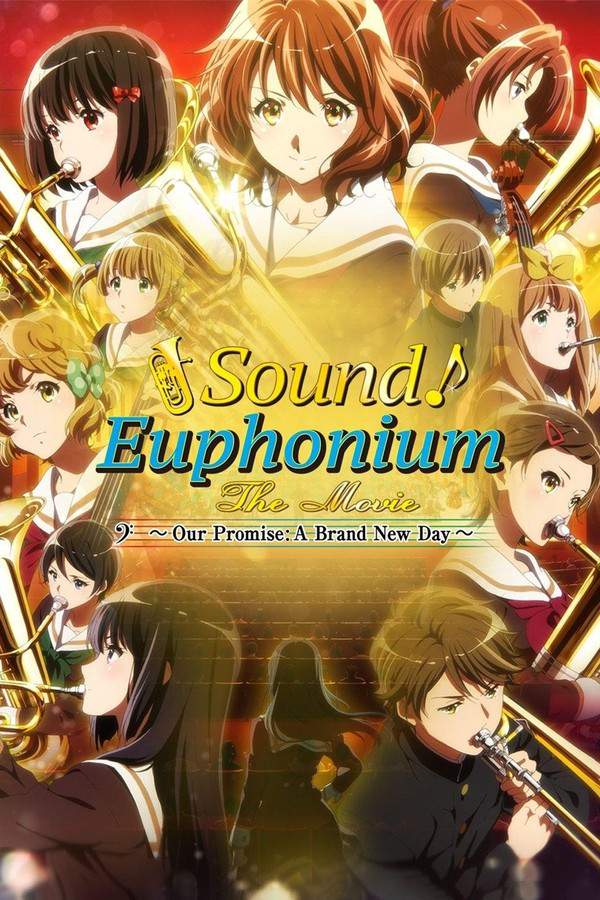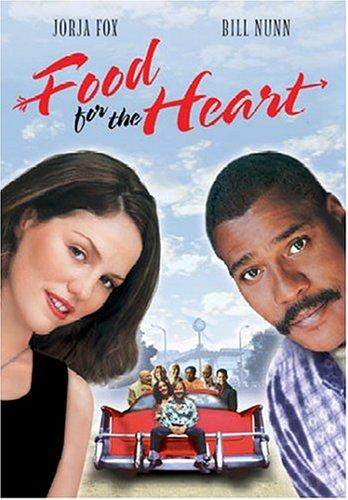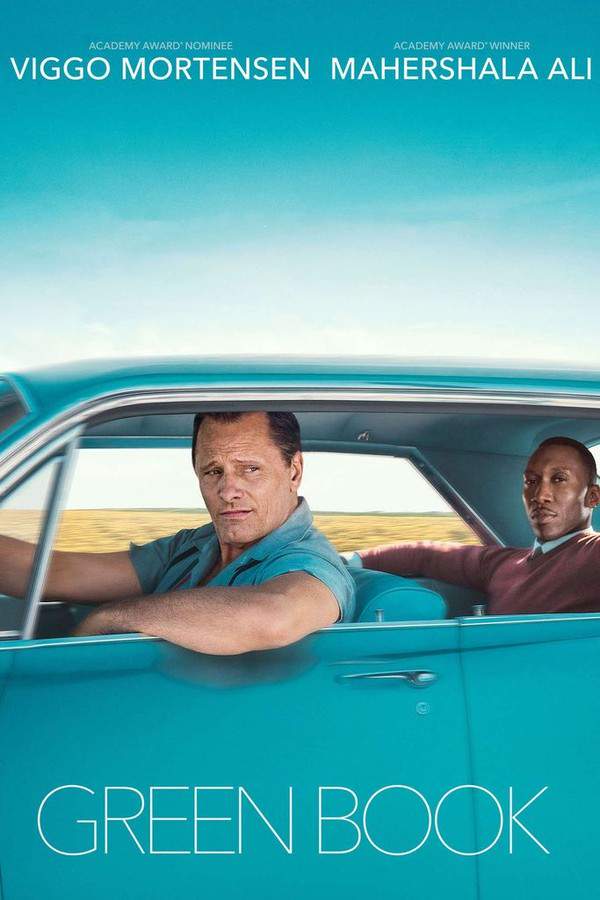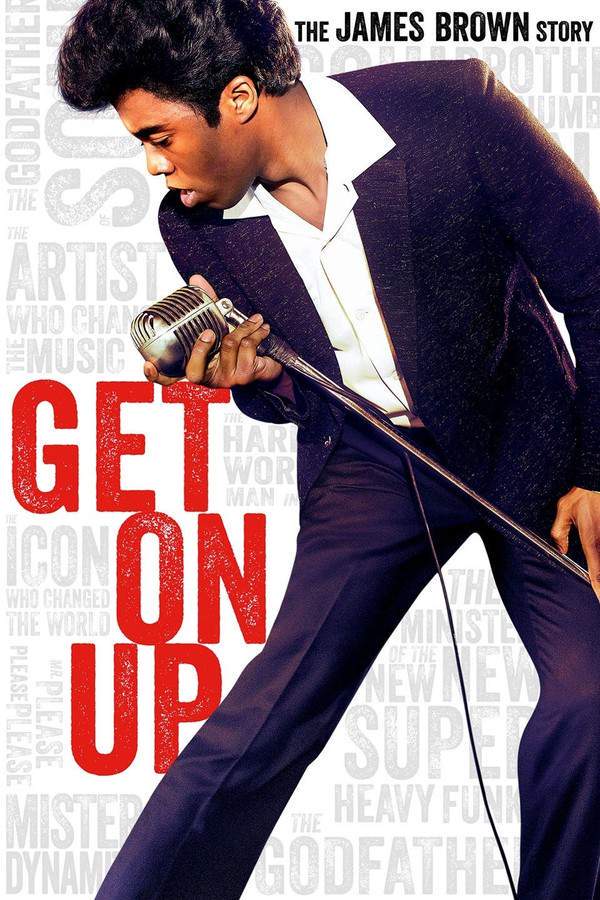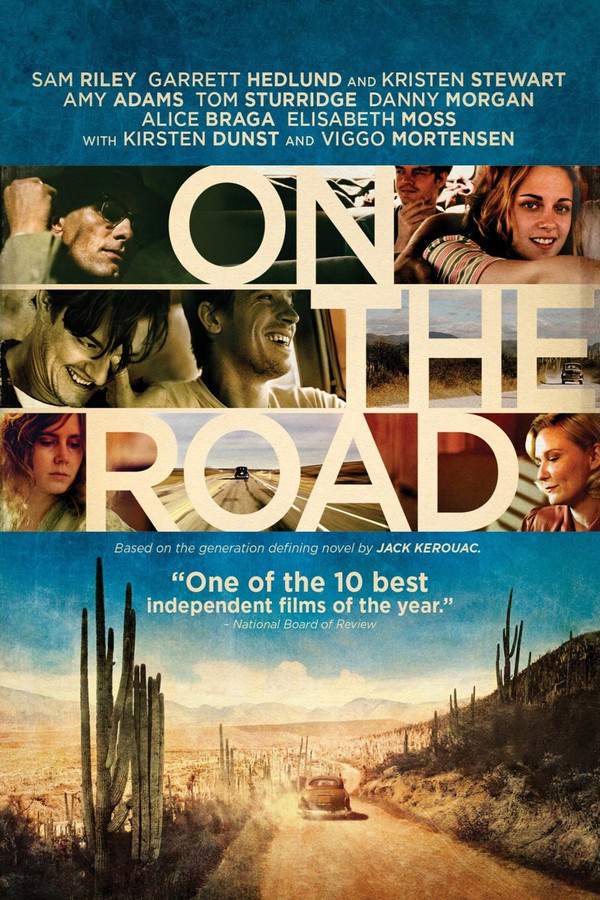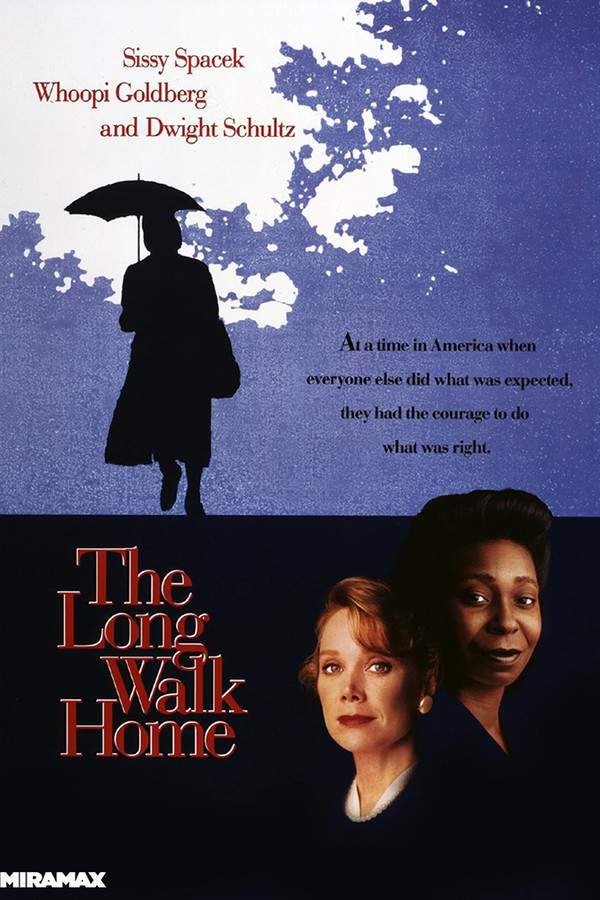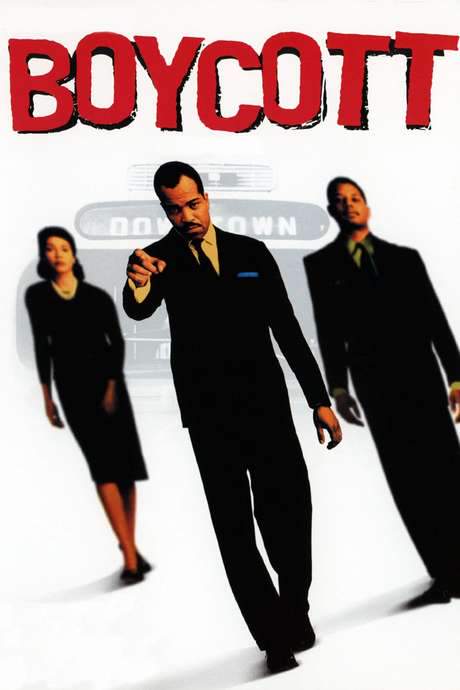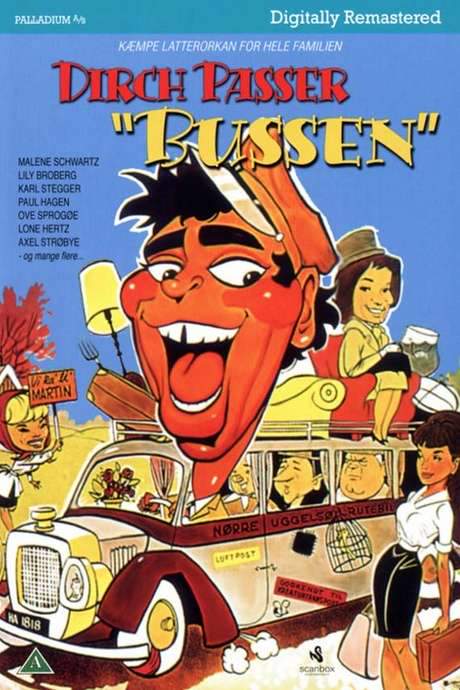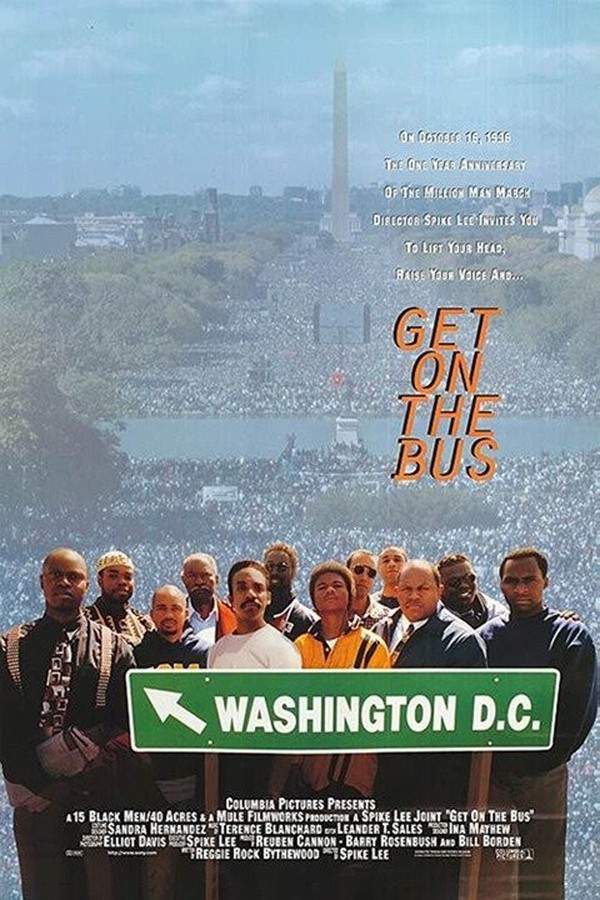
Get on the Bus
Year: 1996
Runtime: 120 min
Language: English
Director: Spike Lee
A diverse group of African-American men travel together on a bus to Washington D.C. for the historic Million Man March. During the journey, unexpected connections arise among the passengers, who represent a wide range of ages and backgrounds. From a young man facing legal troubles to a seasoned civil rights leader, their individual stories of struggle, hope, and resilience reveal the complexities of the Black American experience and the power of community.
Warning: spoilers below!
Haven’t seen Get on the Bus yet? This summary contains major spoilers. Bookmark the page, watch the movie, and come back for the full breakdown. If you're ready, scroll on and relive the story!
Get on the Bus (1996) – Full Plot Summary & Ending Explained
Read the complete plot breakdown of Get on the Bus (1996), including all key story events, major twists, and the ending explained in detail. Discover what really happened—and what it all means.
Twelve African American men, united only by their race and a shared destination, embark on a journey aboard a Spotted Owl Bus from Los Angeles to the Million Man March in Washington D.C. These men, each with unique backgrounds and stories, represent a cross-section of experiences:
-
George (Charles S. Dutton) serves as the trip’s organizer.
-
Jeremiah aka “Pop” (Ossie Davis), an 80-year-old who has seen better days, brings a wealth of African-American history to the group.
-
Evan and Evan Jr. aka “Smooth” (Thomas Jefferson Byrd and De’Aundre Bonds), are a father-son duo shackled together due to Junior’s petty theft.
-
Kyle and Randall (Harry Lennix and a character portrayed by Isaiah Washington), are a gay couple grappling with their relationship.
-
Flip ([Andre Braugher]), a narcissistic and racist actor, adds tension to the mix.
-
Gary ([Hill Harper]), a biracial LAPD officer, struggles with his identity.
-
Xavier ([Gabriel Casseus]), a UCLA Film School student, documents the journey with his camcorder.
-
Jamal ([Gabriel Casseus]), a former gangster turned Muslim, is seeking redemption.
-
Jay and Mike (portrayed by Bernie Mac and Steve White, respectively) bring humor and conspiracy theories into the conversation.
-
Lastly, Craig ([Albert Hall]), the bus driver contends with his own family issues.
As the journey progresses, the men begin to open up, discussing their personal lives, contrasting political beliefs, and the sensational O.J. Simpson case. In a rare moment of camaraderie, they even unite in a belief about Simpson’s acquittal, viewing it as retribution for historical racial injustices in America.
The elderly Jeremiah, affectionately dubbed “Pop,” shares his painful journey through alcoholism after losing his job, hoping the March will provide him rejuvenation. Meanwhile, Evan Jr. navigates his aspirations of becoming a gangster rap artist and actively seeks his father’s attention after feeling neglected.
As Xavier, or “X,” captures interviews with his fellow passengers, he unveils their stories, although he often faces ridicule from the group. Tensions boil over when Flip reveals his prejudices, particularly targeting** Kyle** and Randall, leading to a spectacular confrontation that culminates in a fistfight that leaves Flip humiliated.
The journey is punctuated by challenges, including a bus breakdown and a new driver, Rick ([Richard Belzer]), who vocally opposes racist statements made by Louis Farrakhan, inciting more heated discussions among the men. As they stop at various rest areas, they interact with different travelers, experiencing kindness and prejudice alike, ultimately leading to a significant confrontation with Tennessee state troopers over unfounded suspicions.
Tragedy strikes when Jeremiah collapses and is rushed to the hospital, where they learn of his passing due to heart disease. The group’s collective grief fosters a strong bond among them—now, united in a shared experience of loss. They watch the remainder of the March unfold on television, finding solace in the idea that their journey, despite never reaching its intended destination, signifies the inception of a much larger movement.
In a poignant final scene at the Lincoln Memorial, George leads the men in a heartfelt prayer that Jeremiah had penned before his death, solidifying their connection and purpose on this life-altering journey.
Last Updated: November 03, 2024 at 22:33
Explore Movie Threads
Discover curated groups of movies connected by mood, themes, and story style. Browse collections built around emotion, atmosphere, and narrative focus to easily find films that match what you feel like watching right now.
Journeys of collective healing like in Get on the Bus
Diverse groups travel together, sharing stories and forging bonds through shared struggle.If you liked the shared journey and bonding in Get on the Bus, explore other movies where diverse groups travel together. These character-driven stories focus on the collective healing and understanding that emerges from shared struggle and conversation, creating a heartfelt and hopeful viewing experience.
Narrative Summary
The narrative unfolds linearly around a shared goal or destination, using the journey as a device to force characters into proximity. Through dialogue, flashbacks, and conflicts, individual stories are revealed, culminating in a collective emotional experience that affirms the power of unity over isolation.
Why These Movies?
They are grouped together because they share a distinctive 'on the road' structure centered on character interaction rather than high-stakes action. The core similarity is the focus on how a communal journey catalyzes personal growth and forges a 'found family,' blending serious themes with an ultimately uplifting tone.
Bittersweet ensemble dramas with emotional depth like Get on the Bus
Interwoven stories of struggle that find hope in connection, not perfect resolutions.Find movies similar to Get on the Bus that feature an ensemble cast dealing with serious life issues. These dramas skillfully balance heavy themes with heartfelt moments, leading to endings that are bittersweet yet hopeful, focusing on the strength found in community and shared experience.
Narrative Summary
Multiple character perspectives are introduced and developed in parallel, often converging around a central event or location. The plot is driven by dialogue and emotional revelation rather than external action, building towards a climax that acknowledges pain and loss but emphasizes the enduring value of the bonds that have been formed.
Why These Movies?
These films share a specific emotional mix: they tackle difficult subjects with medium to heavy emotional weight, yet maintain a fundamentally hopeful tone. The pacing is steady, allowing for deep character exploration, and they consistently conclude with a bittersweet feeling that feels earned and authentic, rather than neatly resolved.
Unlock the Full Story of Get on the Bus
Don't stop at just watching — explore Get on the Bus in full detail. From the complete plot summary and scene-by-scene timeline to character breakdowns, thematic analysis, and a deep dive into the ending — every page helps you truly understand what Get on the Bus is all about. Plus, discover what's next after the movie.
Get on the Bus Timeline
Track the full timeline of Get on the Bus with every major event arranged chronologically. Perfect for decoding non-linear storytelling, flashbacks, or parallel narratives with a clear scene-by-scene breakdown.

Characters, Settings & Themes in Get on the Bus
Discover the characters, locations, and core themes that shape Get on the Bus. Get insights into symbolic elements, setting significance, and deeper narrative meaning — ideal for thematic analysis and movie breakdowns.

Get on the Bus Spoiler-Free Summary
Get a quick, spoiler-free overview of Get on the Bus that covers the main plot points and key details without revealing any major twists or spoilers. Perfect for those who want to know what to expect before diving in.

More About Get on the Bus
Visit What's After the Movie to explore more about Get on the Bus: box office results, cast and crew info, production details, post-credit scenes, and external links — all in one place for movie fans and researchers.

Similar Movies to Get on the Bus
Discover movies like Get on the Bus that share similar genres, themes, and storytelling elements. Whether you’re drawn to the atmosphere, character arcs, or plot structure, these curated recommendations will help you explore more films you’ll love.
Explore More About Movie Get on the Bus
Get on the Bus (1996) Scene-by-Scene Movie Timeline
Get on the Bus (1996) Movie Characters, Themes & Settings
Get on the Bus (1996) Spoiler-Free Summary & Key Flow
Movies Like Get on the Bus – Similar Titles You’ll Enjoy
Green Book (2018) Spoiler-Packed Plot Recap
Get On Up (2014) Movie Recap & Themes
On the Road (2012) Complete Plot Breakdown
The Long Walk Home (1990) Film Overview & Timeline
Bus Driver (2016) Film Overview & Timeline
Boycott (2001) Full Movie Breakdown
Bustin’ Loose (1981) Complete Plot Breakdown
The Bus Coach Journey (1986) Film Overview & Timeline
Bussen (1963) Plot Summary & Ending Explained
Bus Riley’s Back in Town (1965) Full Summary & Key Details
The Bus Is Coming (1971) Plot Summary & Ending Explained
The Wayward Bus (1957) Plot Summary & Ending Explained
The Big Bus (1976) Movie Recap & Themes
Where’s the Bus? (1966) Spoiler-Packed Plot Recap
The Bus (1965) Spoiler-Packed Plot Recap


